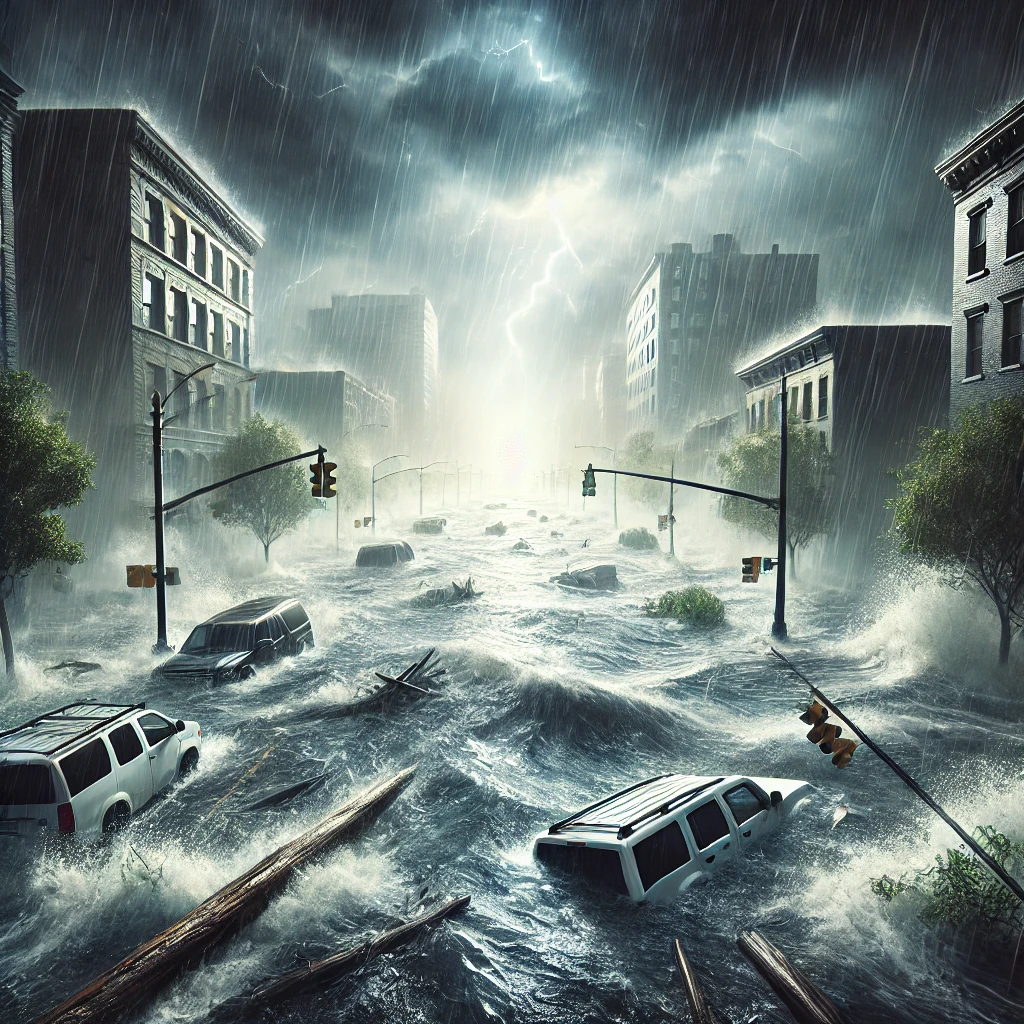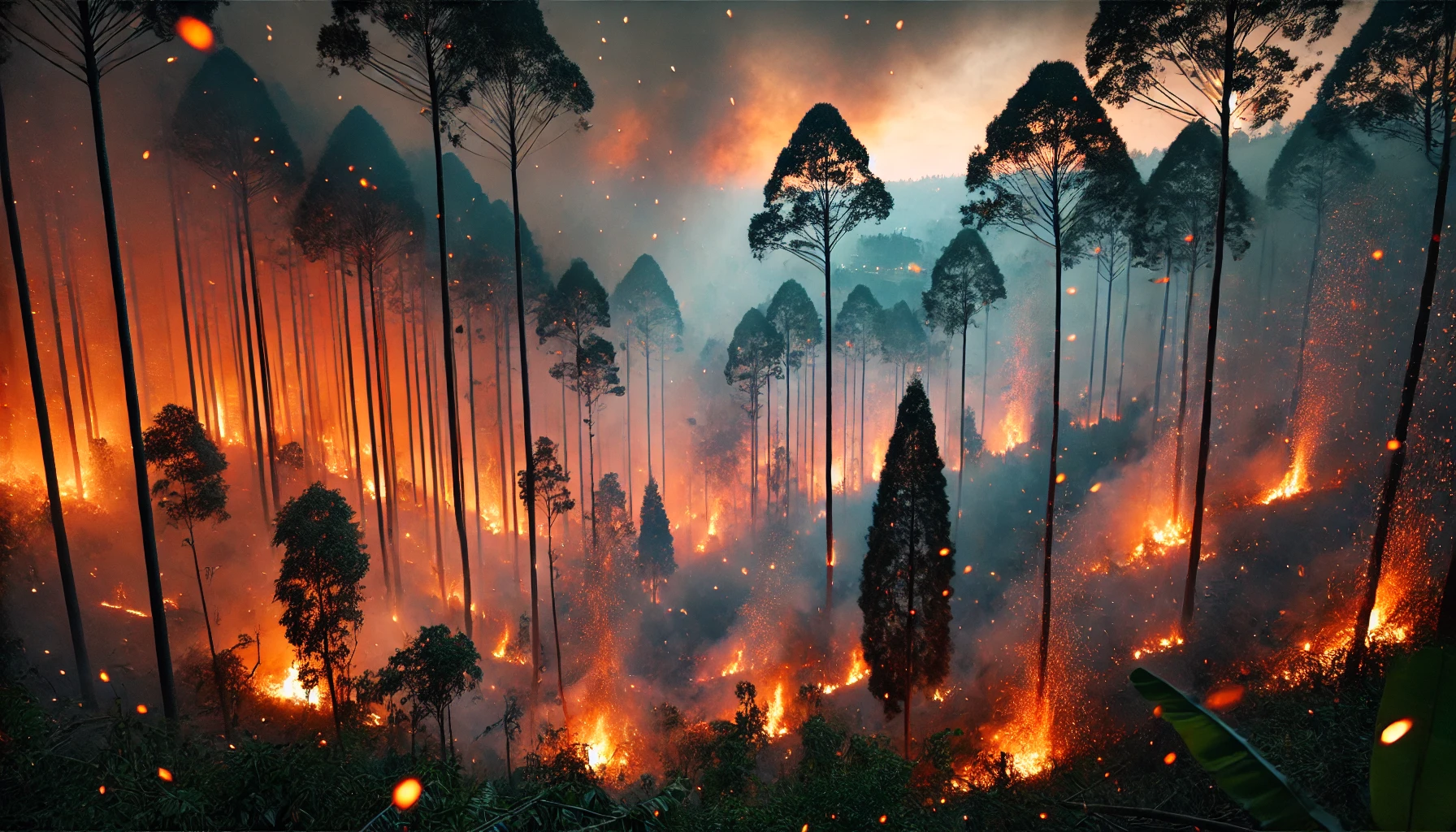The Impact of Flash Floods: When Water Turns Deadly
Introduction:
Flash floods are sudden, violent, and often deadly. Unlike regular floods, which take time to build up, flash floods occur rapidly—sometimes within minutes—following intense rainfall, dam failures, or the rapid melting of snow. These floods can wreak havoc on lives, property, and ecosystems. Understanding their causes, dangers, and how to prepare for them is crucial in reducing their devastating effects.
What are Flash Floods?
Flash floods are swift and unpredictable floods that develop within six hours or less after heavy rainfall or other events that cause rapid water accumulation. They can occur anywhere but are especially common in areas with steep terrain, urban environments, or places with poor drainage systems. A flash flood is characterized by its speed and force, and these factors make it particularly dangerous for both people and infrastructure.
Several natural and human-made conditions can trigger flash floods:
- Intense rainfall: Sudden heavy rain in a short period overwhelms the ground’s ability to absorb water, leading to rapid runoff.
- Snowmelt: In areas where snow accumulates, warm temperatures or rain can cause snow to melt rapidly, resulting in large volumes of water entering rivers and streams.
- Dam or levee failures: If a dam or levee fails, the water it was holding back can rush downstream, causing instant flooding.
- Terrain and soil: Areas with steep slopes or hard, compacted soil are prone to flash floods as water runs off instead of soaking into the ground.

Deadly Effects of Flash Floods
The speed and unpredictability of flash floods make them extremely hazardous. Unlike slower-moving floods, where residents may have time to evacuate, flash floods leave little warning. When they strike, the impacts can be catastrophic:
1. Loss of Life
Flash floods are one of nature’s deadliest forces. According to the National Weather Service, more deaths occur from flash floods each year than from any other weather-related hazard. People often underestimate the power of moving water, which can sweep away cars, homes, and even people in mere moments. In urban areas, flooded streets may seem shallow, but as little as 6 inches of moving water can knock a person off their feet, and just 2 feet can carry away most vehicles.
2. Property Destruction
The financial impact of flash floods is enormous. Fast-moving water can cause significant damage to homes, businesses, roads, and bridges. Flash floods can undermine foundations, wash away roads, and uproot trees, causing millions of dollars in damage. Urban areas are particularly vulnerable because impervious surfaces, like concrete, prevent water absorption, leading to quicker accumulation and runoff.
3. Displacement and Loss of Livelihood
Communities affected by flash floods often face displacement. Floodwaters can destroy homes, leaving families without shelter and displacing entire communities. In rural areas, flash floods can wipe out crops and livestock, threatening livelihoods. After the water recedes, the recovery process can take years, with lasting economic and emotional impacts on the survivors.
4. Environmental Damage
Flash floods can drastically alter landscapes. They can erode riverbanks, wash away vegetation, and deposit large amounts of sediment in ecosystems, disrupting plant and animal life. In some cases, flash floods can trigger landslides, compounding their destructive effects. The sudden influx of water into rivers and streams can also lead to contamination from chemicals, sewage, and other pollutants, posing a significant environmental threat.
Vulnerable Areas
While flash floods can happen almost anywhere, certain regions are particularly prone to them:
- Mountainous Areas: Steep slopes promote rapid runoff, making flash floods common in areas like the Rocky Mountains and Appalachians.
- Urban Environments: Cities with large amounts of impervious surfaces (roads, buildings) don’t allow water to infiltrate the ground, leading to quick flooding.
- Desert Areas: Surprisingly, arid regions like the Southwestern United States are vulnerable to flash floods due to their dry, compacted soil, which doesn’t absorb water well.
- River Basins and Coastal Areas: Heavy rainfall upstream can lead to flash floods downstream, particularly in narrow river valleys or low-lying coastal regions.
Preparing for Flash Floods
While flash floods are unpredictable, there are steps that individuals and communities can take to prepare and minimize the damage:
- Stay Informed: Flash flood warnings are typically issued by weather services. Pay attention to weather reports, especially during heavy rain or storms, and sign up for local emergency alerts.
- Create an Emergency Plan: Have a family evacuation plan in place, including a designated meeting point and routes that avoid flood-prone areas. Be familiar with your area’s flood risk and evacuation routes.
- Flood-Proof Your Home: If you live in a high-risk area, consider flood-proofing measures, such as installing sump pumps, sealing basement walls, and elevating utilities above flood levels.
- Move to Higher Ground: At the first sign of a flash flood, seek higher ground immediately. Don’t wait for official warnings, as these floods can develop faster than authorities can issue alerts.
- Avoid Driving or Walking Through Floodwaters: Never drive or walk through flooded streets. Just a few inches of water can carry away a vehicle, and floodwaters may hide dangerous obstacles or deep areas.
- Prepare an Emergency Kit: Pack essentials like water, non-perishable food, flashlights, first aid supplies, and important documents in a waterproof container in case you need to evacuate quickly.
The Role of Climate Change
Climate change is exacerbating the frequency and intensity of flash floods. Warmer temperatures result in more intense storms and heavier rainfall, overwhelming natural and man-made drainage systems. In addition, rising sea levels increase the risk of coastal flash floods during storms or hurricanes. Adapting to this new reality involves both individual preparedness and systemic changes in how cities and regions manage water.
Conclusion
Flash floods are a powerful reminder of nature’s fury, capable of transforming peaceful streams into deadly torrents. They can devastate communities, take lives, and cause lasting environmental and economic damage. However, through preparation, awareness, and proactive flood management strategies, the impact of flash floods can be mitigated. In a world where extreme weather events are becoming more common, understanding the risks and acting accordingly is more important than ever.




Post Comment